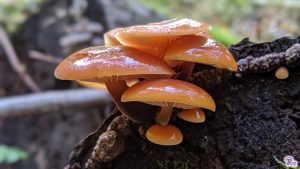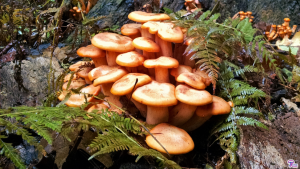#173: Lepiotoid Mushrooms
The lepiotoid mushrooms are a genetically diverse group but are often lumped together in field guides to simplify identification. Morphologically, lepiotoid mushrooms most closely resemble mushrooms from the genus Amanita (FFF#172). Lepiotoid mushrooms have free gills, a white spore print, and a partial veil, but are saprobic and lack a universal veil. Despite these shared characteristics, lepiotoid mushrooms have multiple origins. “Lepiotoid” means “like Lepiota.” Most lepiotoid mushrooms were at one time placed in the genus Lepiota, so that genus is used as a basis for this morphological group.

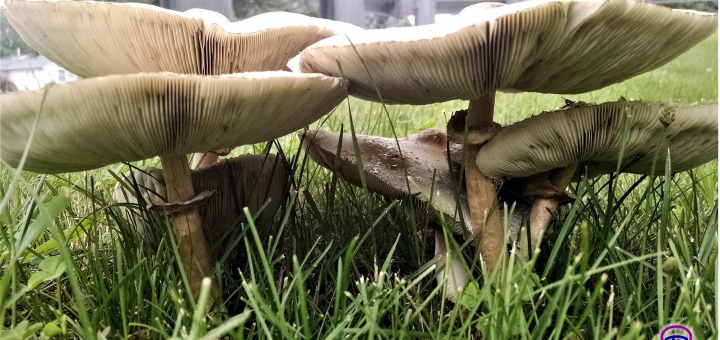
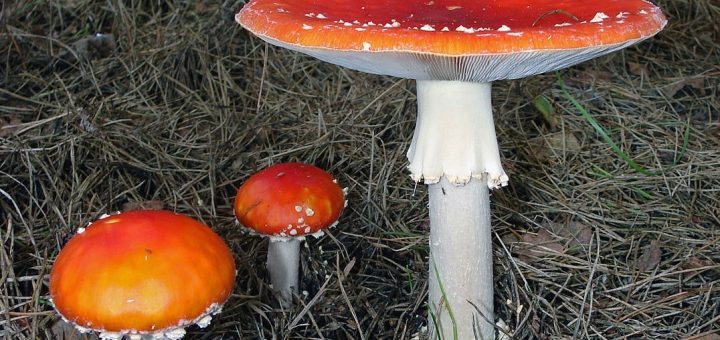
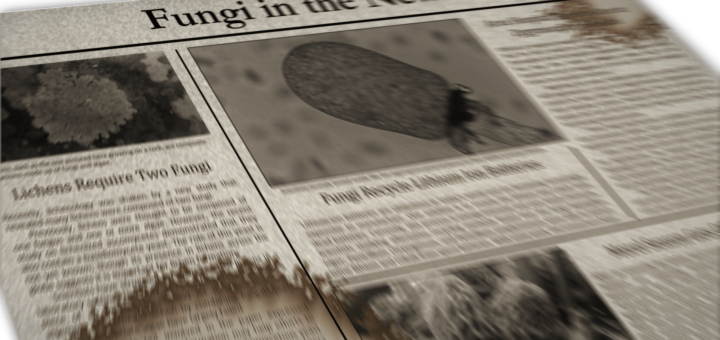
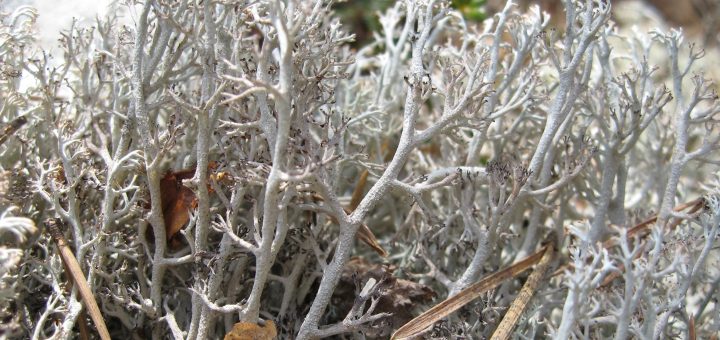
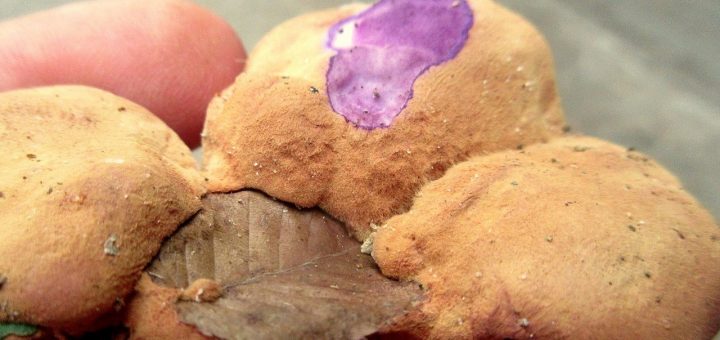
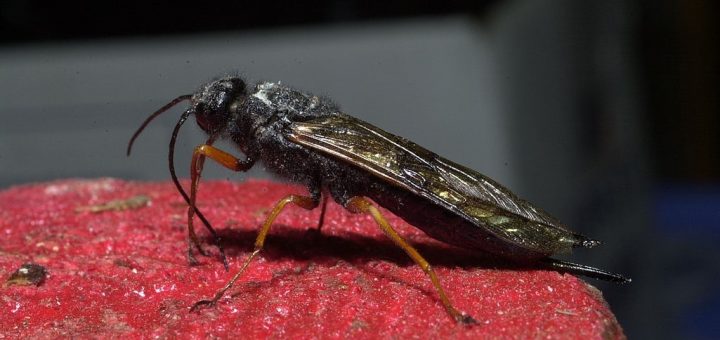
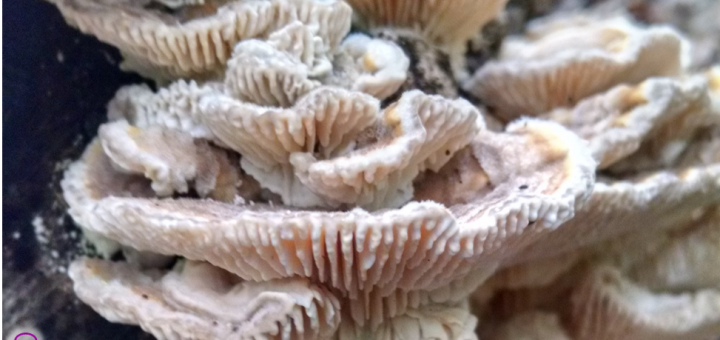
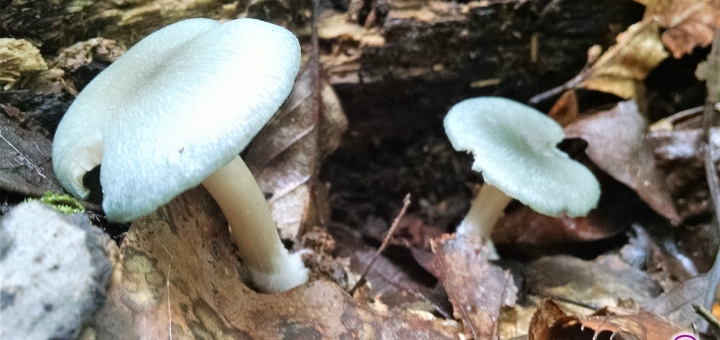
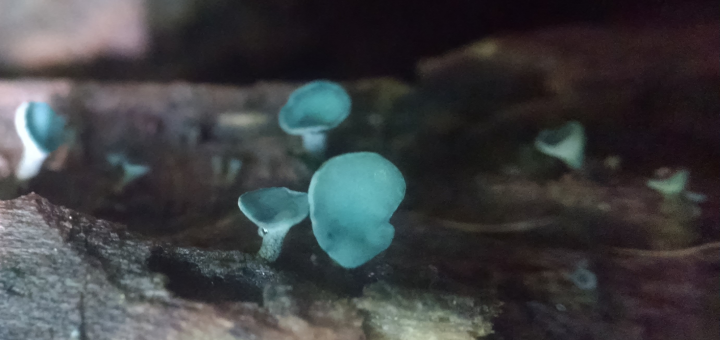





![#011: Characteristics of Kingdom Fungi [Archived]](https://www.fungusfactfriday.com/wp-content/themes/hueman/assets/front/img/thumb-small-empty.png)

